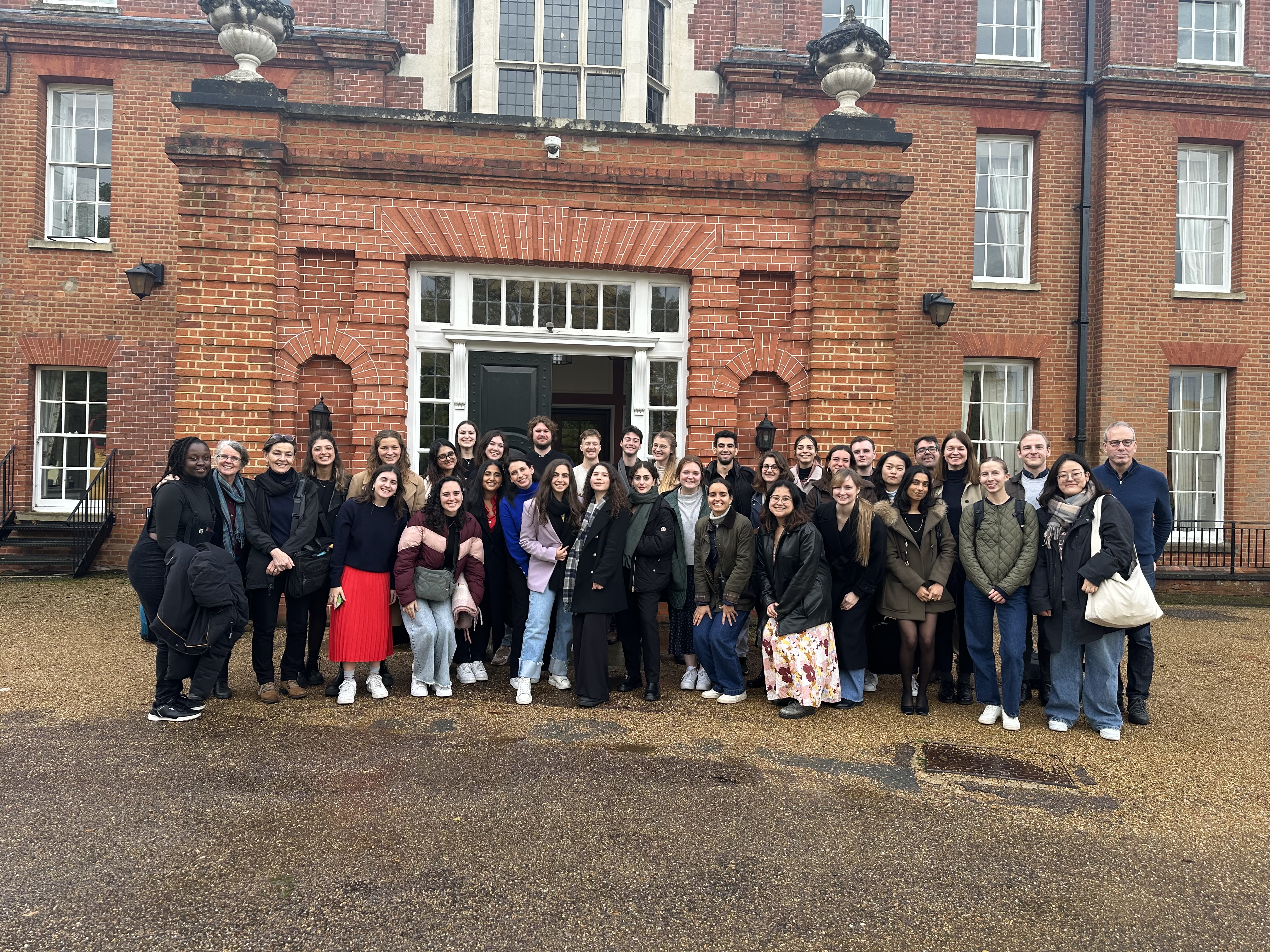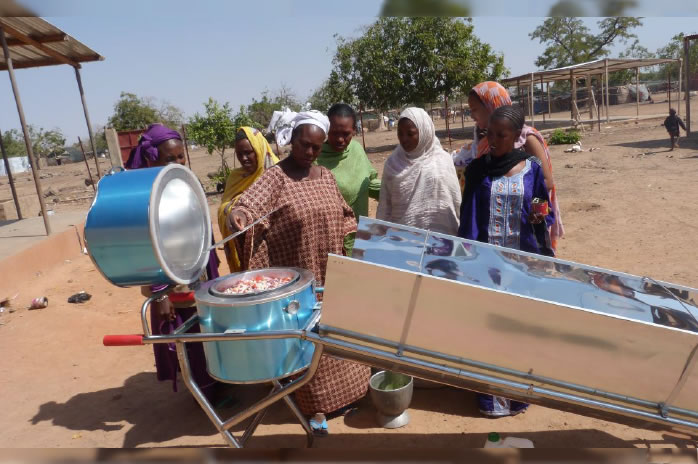
Where does conflict end and development begin? Who’s responsible for “early recovery” in the messy continuum between crisis and stability, the “relief-development gap”? These are not new questions: the international community’s been arguing over the answers for at least the past fifty years. But they are pressing ones. Not only for those of us whose work defies easy categorisation along the humanitarian–development axis, but more importantly for the millions whose lives are shaped by protracted emergency.
In May, I spoke in Bogota, Colombia at a high-level conference on displacement. For two days, we discussed how to solve the exile of over 4 million internally displaced persons (IDPs) who have been forced from their homes as a result of the Colombian conflict. Perhaps one of the most remarkable things about the conference was that it had been organised jointly by the United Nations Development Programme (UNDP) and the United Nations High Commission for Refugees (UNHCR). Hardly revolutionary, you might think. Yet over the past year I’ve been to several conferences discussing similar protracted crises, and development agencies have been notable only in their absence. Displacement, we are told, is not a development issue.
Yet even a cursory glance at the scope and scale of contemporary exile is proof that even if such neat divisions could be made in the past (doubtful), they bear no scrutiny today. Refugee crises begin as emergencies. They end in peace agreements, reconstruction grants and muttered prayers that this time, return will prove lasting. But that leaves years – sometimes decades – between emergency and solution, when lives are no longer at risk from conflict or malnutrition but repatriation is not yet an option. Today, two-thirds of registered refugees and IDPs are trapped in protracted displacement, spending five years or more in exile. This includes at least 3.5 million Colombians.
Donors and policy-makers often talk about protracted displacements as – in the words of the US State Department – ‘some of the most compelling humanitarian challenges confronting governments around the world’. Yet here the challenge is not humanitarian aid. It’s development. Talk to long-term refugees and IDPs, and their concerns and frustrations echo those of other poor communities – livelihood opportunities; access to education and healthcare; security of land tenure. This is especially true for the 50% of refugees who – despite the images that cross our TV screens in times of famine and war – do not live in camps, but in towns and cities.
So the everyday reality of exile for most refugees is not emergency in the camp but poverty in the city. Ask many humanitarian aid workers how you tell the difference between an urban IDP and other poor urban migrants, and you’ll often be greeted with a wry smile. The real answer, of course, is that IDPs are often victims of double discrimination, while refugees are frequently denied the right to live legally in urban areas at all, and corralled into camps. Yet even despite this, displacement can bring development, building new economic networks. Studies show that Dadaab camp in Kenya adds $14m to the regional economy every year. While carrying out fieldwork in Kyangwali refugee camp in Kenya last summer, my fellow guests at the camp hostel were not NGO workers, but grain merchants from Nairobi come to buy the refugees’ surplus harvests.
None of this is to deny the wrong of forced migration. Nor to suggest that “humanitarian” is not a powerful label, able to carve a state of exception from the borders of nation-states that quite clearly saves lives. But over time, bare survival is not enough. In protracted displacement, “humanitarian” is no longer a call to arms, but an excuse for politically convenient inaction, a reason to wilfully ignore the reality of long-term integration that, even if prohibited by law, happens anyway – between and beneath such restrictions.
‘Labels reveal the political in the apolitical’. Agencies – and academics – have vested interest in defining their interests narrowly, in avoiding the complex problems at the edges of their remit. Yet it is absolutely clear that in the 21st century, displacement cannot be seen only as a question of humanitarian aid. Solving displacement increasingly means confronting the problems of urban development. In cities like Bogota, Hargeisa or Juba, the reverse also holds true. Successful urban development will depend on recognising the dynamics of displacement.
So how can we make sure that there are more conferences like the one in Colombia, bringing both development and humanitarian actors to the table? First, we need to be persistent. Some actors have begun to collaborate on forging more innovative solutions for the displaced. More development actors need to be persuaded to join them. Second, we need to target not just international and national but also local authorities, especially urban ones, who are often more open to piloting policy initiatives. Third, we have to begin with our own work. As academics we are often guilty of presenting “humanitarianism” and “development” as a dichotomy: “either/or”, not “and”. It may be convenient shorthand, but in using these labels without reflecting on how and why we think like this, we risk simply replicating the structures of power and sectional interests we’re supposed to be studying, rather than challenging the assumptions they underpin.
I still don’t know where conflict ends and development begins. Nor how to broker a political solution that could bring solutions closer for the world’s protracted refugees. But what I do know is that I can’t possibly hope to get close to the answers unless I keep thinking outside those “humanitarian” and “development” boxes, connecting the spaces in between.






After reading your article, I think refuge and displacement could not only expand to be included in development policies, as in some refuge histories, they had expanded into state and institutional development (Palestinian refugees for instance)
Therefore, I believe that development should start by the same time of humanitarian aid and we shall not wait till the end of conflict. Hence, by development here I mean human development focusing on individuals; empowering them to improve their livelihood and well-being.